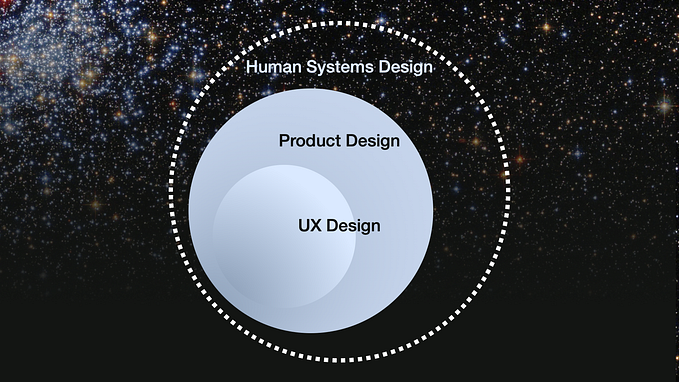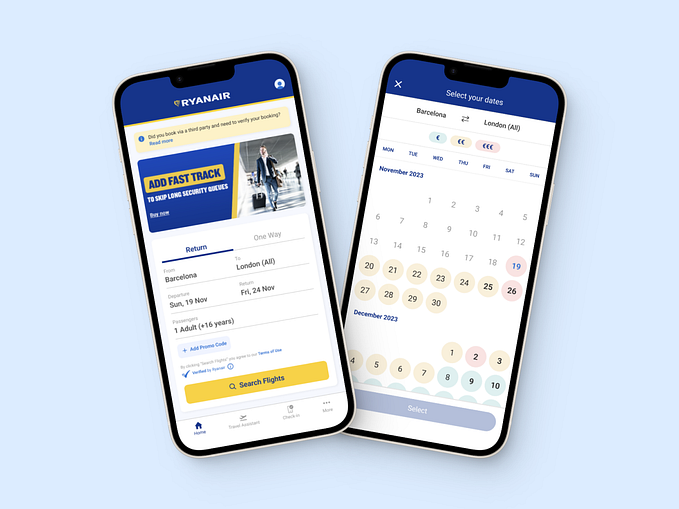Member-only story
How putting minimal effort into tagging can extend the life of your UX research
Organizing your quotes through tags can help stakeholders see how users think

I realized the power of tagging when a quote six months ago helped inform our design decisions. We had gone through the laborious process of tagging our user testing and interview notes back then, and I thought it was a waste of time. But an issue arose later on about one of the things we saw during our user tests. Because we had tagged everything, I was able to go back to the research quickly, pull relevant user quotes, and show our stakeholders how users thought about the issue.
Tagging can not only help you with categorizing your thoughts while taking notes. In addition, it can be a helpful way of organizing data for future use and building UX Research at your organization. But to understand what tagging can do, we have first to point out what tagging can’t do: provide statistical data.
Understanding tagging
The first thing you have to realize is that you can’t get a metric from tagging. Tools like Reframer may lead you to believe otherwise, with bar charts built from the most common tags and themes.

However, digging into the most common tag groups yields a little more insight into why this is the case:

By far, the most common type of tags is sentiment tag. These tags identify positive and negative moments to understand where we can and should make improvements. But emotions aren’t binary. It’s possible that 6 out of 8 users felt both frustration and delight with your prototype. Some users might be frustrated with certain parts while others like them. But saying “75% of users were frustrated and delighted with the prototype” will only lead to confusion.
What we want to do instead is understand why users felt that way. But that’s not something that tags can describe. This is…






